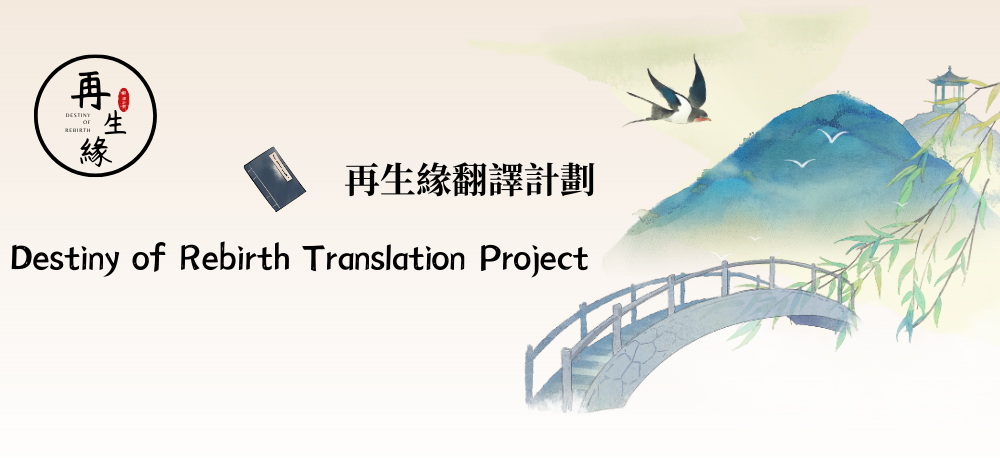Fenxiang nü 焚香女 [Incense-Burning Lady] is another title of gods in Heaven, which is also probably invented by the author. Both Whisk-Holding Lady and Incense-burning Lady are supposed to be subordinate roles serving other greater gods in Heaven.
For over two thousand years, the Chinese have used incense in religious ceremonies, ancestor veneration, traditional Chinese medicine, and daily life. Agarwood (沉香; chénxiāng) and sandalwood (檀香; tánxiāng) are the two most important ingredients in Chinese incense. Along with the introduction of Buddhism in China came calibrated incense sticks and incense clocks. The first known record is by poet Yu Jianwu (487–551): “By burning incense we know the o’clock of the night, With graduated candles we confirm the tally of the watches.” The use of these incense timekeeping devices spread from Buddhist monasteries into Chinese secular society.
Incense-stick burning is an everyday practice in traditional Chinese religion. There are many different types of stick used for different purposes or on different festive days. Many of them are long and thin. Sticks are mostly colored yellow, red, or, more rarely, black. Thick sticks are used for special ceremonies, such as funerals.[citation needed] Spiral incense, with exceedingly long burn times, is often hung from temple ceilings. In some states, such as Taiwan, Singapore, or Malaysia, where they celebrate the Ghost Festival, large, pillar-like dragon incense sticks are sometimes used. These generate so much smoke and heat that they are only burned outside.
Chinese incense sticks for use in popular religion are generally odorless or only use the slightest trace of jasmine or rose, since it is the smoke, not the scent, which is important in conveying the prayers of the faithful to heaven. They are composed of the dried powdered bark of a non-scented species of cinnamon native to Cambodia, Cinnamomum cambodianum. Inexpensive packs of 300 are often found for sale in Chinese supermarkets. Though they contain no sandalwood, they often include the Chinese character for sandalwood on the label, as a generic term for incense.
Highly scented Chinese incense sticks are used by some Buddhists. These are often quite expensive due to the use of large amounts of sandalwood, agarwood, or floral scents used. The sandalwood used in Chinese incenses does not come from India, its native home, but rather from groves planted within Chinese territory. Sites belonging to Tzu Chi, Chung Tai Shan, Dharma Drum Mountain, Xingtian Temple, or City of Ten Thousand Buddhas do not use incense. (See Wikipedia https://en.wikipedia.org/wiki/Incense)

Burning stick incense
